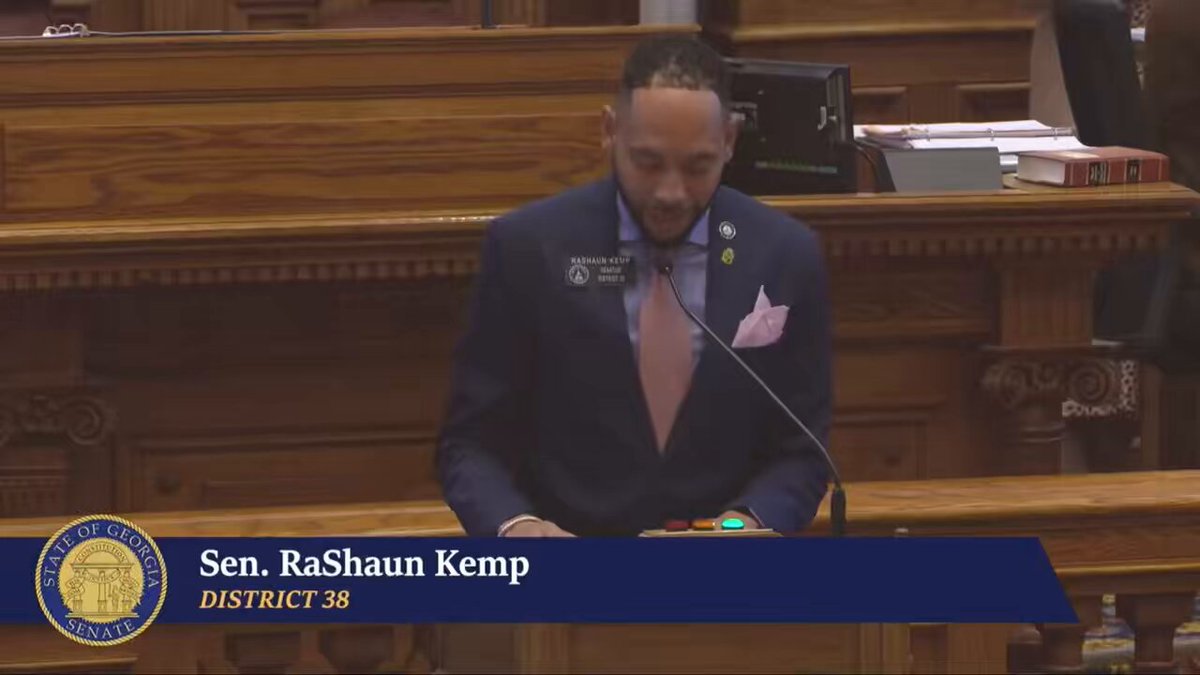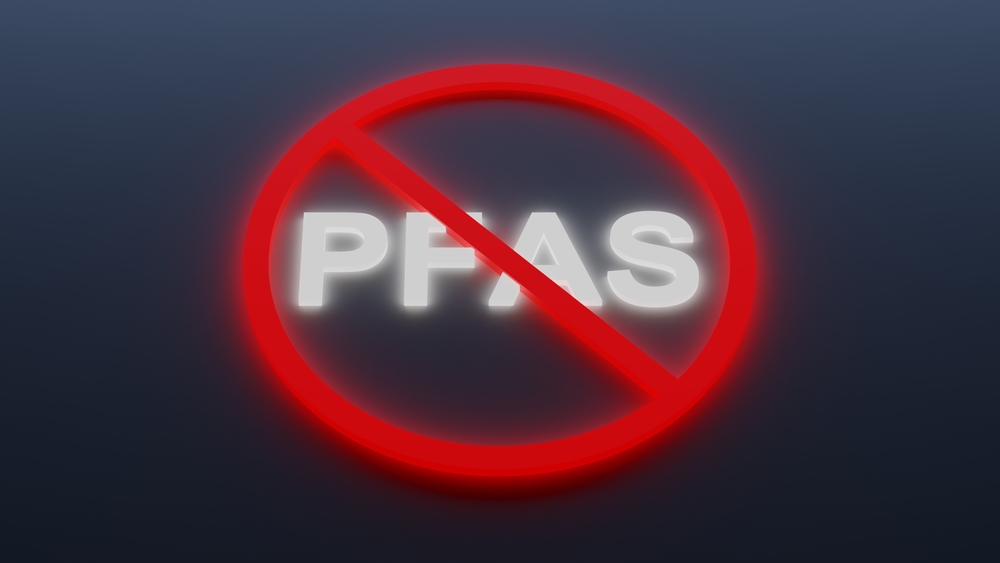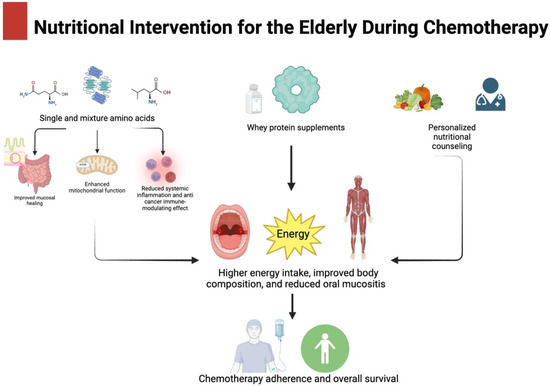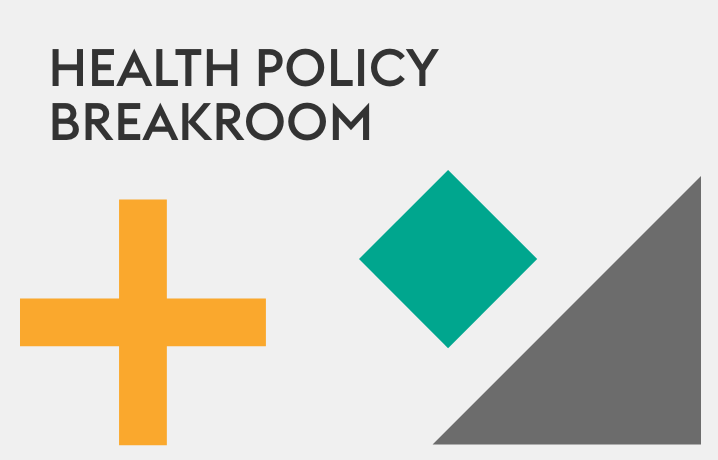A Father’s Promise: Making Georgia Schools a Safe Haven for Our Children – senatepress.net

Report on Georgia House Bill 268: Enhancing School Safety through Alignment with Sustainable Development Goals
Introduction: Legislative Action for Safer Learning Environments
In response to increasing violence in educational institutions, the state of Georgia has enacted House Bill 268, a comprehensive legislative measure designed to enhance school safety. This report analyzes the key provisions of the bill, contextualizing them within the framework of the United Nations Sustainable Development Goals (SDGs). The legislation directly contributes to advancing several critical goals, including:
- SDG 3: Good Health and Well-being
- SDG 4: Quality Education
- SDG 11: Sustainable Cities and Communities
- SDG 16: Peace, Justice and Strong Institutions
The bill’s multifaceted approach addresses immediate security needs while fostering long-term well-being, creating the necessary conditions for a safe and effective educational experience.
Core Components of House Bill 268
The legislation introduces several mandates and resources for Georgia’s public schools, each reinforcing specific SDGs.
Enhancing Institutional Response and Community Safety (SDG 11 & SDG 16)
A primary focus of HB 268 is to strengthen the capacity of schools and law enforcement to respond to crises, thereby promoting safer communities (SDG 11) and more effective institutions (SDG 16). Key measures include:
- Mobile Panic Alert Systems: All public schools are now required to implement systems that enable staff to instantly alert emergency responders. This measure is designed to reduce communication delays, ensuring a swift and coordinated response that protects lives and aligns with SDG 16’s target of reducing all forms of violence.
- Digital Floor Plans: Schools must provide accurate, detailed digital maps to law enforcement. This facilitates rapid navigation for first responders during an emergency, improving operational effectiveness and contributing to the creation of safe and resilient settlements as outlined in SDG 11.
Promoting Student Well-being and Quality Education (SDG 3 & SDG 4)
The bill recognizes that a safe school environment is foundational to both mental health and educational achievement. It addresses the social and emotional factors that can lead to violence, directly supporting SDG 3 and SDG 4.
- Expanded Mental Health Support: The legislation enables the hiring of trained professionals to serve as mentors and provide support for students. This initiative is critical for achieving SDG 3 by promoting mental health and well-being.
- Proactive Prevention Programs: The law provides for the implementation of suicide prevention programming, behavioral health tools, and anonymous threat reporting systems. These resources create a supportive framework that helps identify and assist at-risk students, ensuring a safe and inclusive learning environment, which is a prerequisite for Quality Education (SDG 4).
Strengthening Justice and Accountability (SDG 16)
To deter violence and maintain order, HB 268 reinforces legal frameworks concerning juvenile offenses. This component directly addresses SDG 16’s call for peace, justice, and strong institutions.
- Increased Penalties for Firearm Offenses: The law strengthens penalties for minors who bring weapons onto school property. By updating the juvenile code, the legislation enhances the justice system’s ability to act decisively, promoting the rule of law and ensuring accountability to protect communities from violence.
Conclusion: A Foundational Step Towards Sustainable and Secure Schools
House Bill 268 represents a significant investment in the safety and security of Georgia’s students and educators. By integrating advanced security technology, comprehensive mental health support, and stronger legal accountability, the legislation provides a robust framework for creating safer schools. Its alignment with the core principles of SDGs 3, 4, 11, and 16 demonstrates a commitment not only to immediate safety but also to the long-term development of healthy, peaceful, and sustainable communities where quality education can thrive. This law serves as a foundation for ongoing efforts to ensure that educational institutions are sanctuaries for learning and personal growth.
1. Which SDGs are addressed or connected to the issues highlighted in the article?
The article discusses issues of school safety, violence prevention, mental health, and legislative responses, which are directly connected to the following Sustainable Development Goals (SDGs):
- SDG 16: Peace, Justice and Strong Institutions: This goal is central to the article, which focuses on preventing violence, particularly in schools, and strengthening legal frameworks to ensure safety and accountability.
- SDG 3: Good Health and Well-being: The article explicitly addresses the need for mental health support for students, linking emotional well-being to the prevention of violence.
- SDG 4: Quality Education: The article frames school safety as a prerequisite for quality education, emphasizing the need for a safe and supportive learning environment.
2. What specific targets under those SDGs can be identified based on the article’s content?
SDG 16: Peace, Justice and Strong Institutions
- Target 16.1: Significantly reduce all forms of violence and related death rates everywhere.
- Explanation: The entire article is a response to “tragic school shooting” and “senseless violence.” The legislation, HB 268, is presented as a direct measure “to take action against violence” in schools, aiming to reduce violent incidents and resulting deaths.
- Target 16.2: End abuse, exploitation, trafficking and all forms of violence against and torture of children.
- Explanation: The article’s focus is on protecting students from violence. The author states, “I am fully dedicated to protecting our students,” and the legislation is designed to prevent acts of violence that specifically target children in the school environment.
- Target 16.3: Promote the rule of law at the national and local levels and ensure equal access to justice for all.
- Explanation: The article mentions that the law “strengthens accountability by addressing juvenile firearm offenses” and ensures that “Georgia’s courts have the authority to act swiftly and appropriately whenever the safety of our schools is threatened,” which directly relates to promoting the rule of law and justice systems.
SDG 3: Good Health and Well-being
- Target 3.4: By 2030, reduce by one third premature mortality from non-communicable diseases through prevention and treatment and promote mental health and well-being.
- Explanation: The article highlights that HB 268 “addresses the long-term needs of students and educators by tackling the social and emotional challenges that can lead to violence.” It specifically mentions provisions for “Expanded mental health services,” “suicide prevention programming,” and “behavioral health tools” to support students who are struggling.
SDG 4: Quality Education
- Target 4.a: Build and upgrade education facilities that are child, disability and gender sensitive and provide safe, non-violent, inclusive and effective learning environments for all.
- Explanation: The article argues that students “should be able to grow up in a safe, stable and supportive environment.” The legislation aims to create this by requiring “mobile panic alert systems” and “accurate digital floor plans” for law enforcement, making the physical school environment safer and thus more conducive to learning. The author states the goal is to ensure schools are “places where safety and community come first.”
3. Are there any indicators mentioned or implied in the article that can be used to measure progress towards the identified targets?
Yes, the article mentions or implies several indicators that can be used to measure progress:
- Indicator: Percentage of schools equipped with mobile panic alert systems.
- Explanation: The article states that HB 268 “requires all public schools in Georgia to adopt mobile panic alert systems.” Tracking the implementation rate across all public schools would be a direct measure of progress.
- Indicator: Emergency response time to school crises.
- Explanation: The article notes that in the Uvalde shooting, “delayed communication cost lives.” The new panic alert system is intended to “reduce response time.” Measuring and comparing response times before and after the system’s implementation would be a key performance indicator.
- Indicator: Percentage of schools with updated digital floor plans shared with law enforcement.
- Explanation: The legislation “requires schools to share accurate digital floor plans with law enforcement.” The number or percentage of schools complying with this requirement is a measurable indicator of progress.
- Indicator: Availability of and access to school-based mental health services.
- Explanation: The article discusses enabling school districts to “hire trained professionals who serve as mentors” and provide “expanded mental health services,” “suicide prevention programming,” and “behavioral health tools.” The number of professionals hired and the range of services offered per district would serve as an indicator.
- Indicator: Number of reports made through anonymous threat reporting systems.
- Explanation: The law provides “access to anonymous threat reporting systems.” The utilization rate of these systems can indicate student awareness and trust, and can help in measuring the effectiveness of early intervention efforts.
- Indicator: Number of juvenile firearm offenses on school grounds.
- Explanation: The article states the law “strengthens accountability by addressing juvenile firearm offenses.” A reduction in the number of such offenses would indicate the deterrent effect of the “more substantial penalties.”
4. Create a table with three columns titled ‘SDGs, Targets and Indicators” to present the findings from analyzing the article. In this table, list the Sustainable Development Goals (SDGs), their corresponding targets, and the specific indicators identified in the article.
| SDGs | Targets | Indicators |
|---|---|---|
| SDG 16: Peace, Justice and Strong Institutions |
16.1: Significantly reduce all forms of violence and related death rates everywhere.
16.2: End abuse, exploitation, trafficking and all forms of violence against and torture of children. 16.3: Promote the rule of law at the national and local levels and ensure equal access to justice for all. |
– Emergency response time to school crises. – Number of juvenile firearm offenses on school grounds. |
| SDG 3: Good Health and Well-being | 3.4: Reduce premature mortality from non-communicable diseases through prevention and treatment and promote mental health and well-being. |
– Availability of and access to school-based mental health services (e.g., trained mentors, suicide prevention programs). – Number of reports made through anonymous threat reporting systems. |
| SDG 4: Quality Education | 4.a: Build and upgrade education facilities that are child, disability and gender sensitive and provide safe, non-violent, inclusive and effective learning environments for all. |
– Percentage of schools equipped with mobile panic alert systems. – Percentage of schools with updated digital floor plans shared with law enforcement. |
Source: senatepress.net

What is Your Reaction?
 Like
0
Like
0
 Dislike
0
Dislike
0
 Love
0
Love
0
 Funny
0
Funny
0
 Angry
0
Angry
0
 Sad
0
Sad
0
 Wow
0
Wow
0












































































